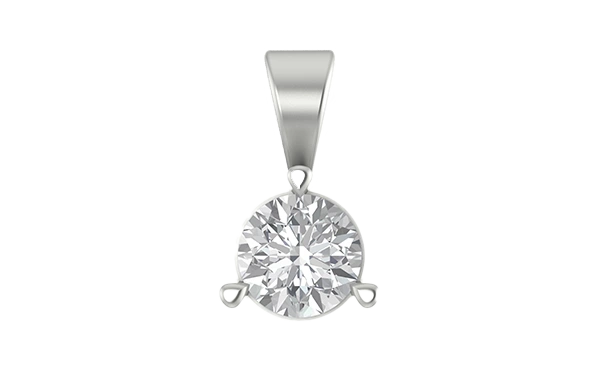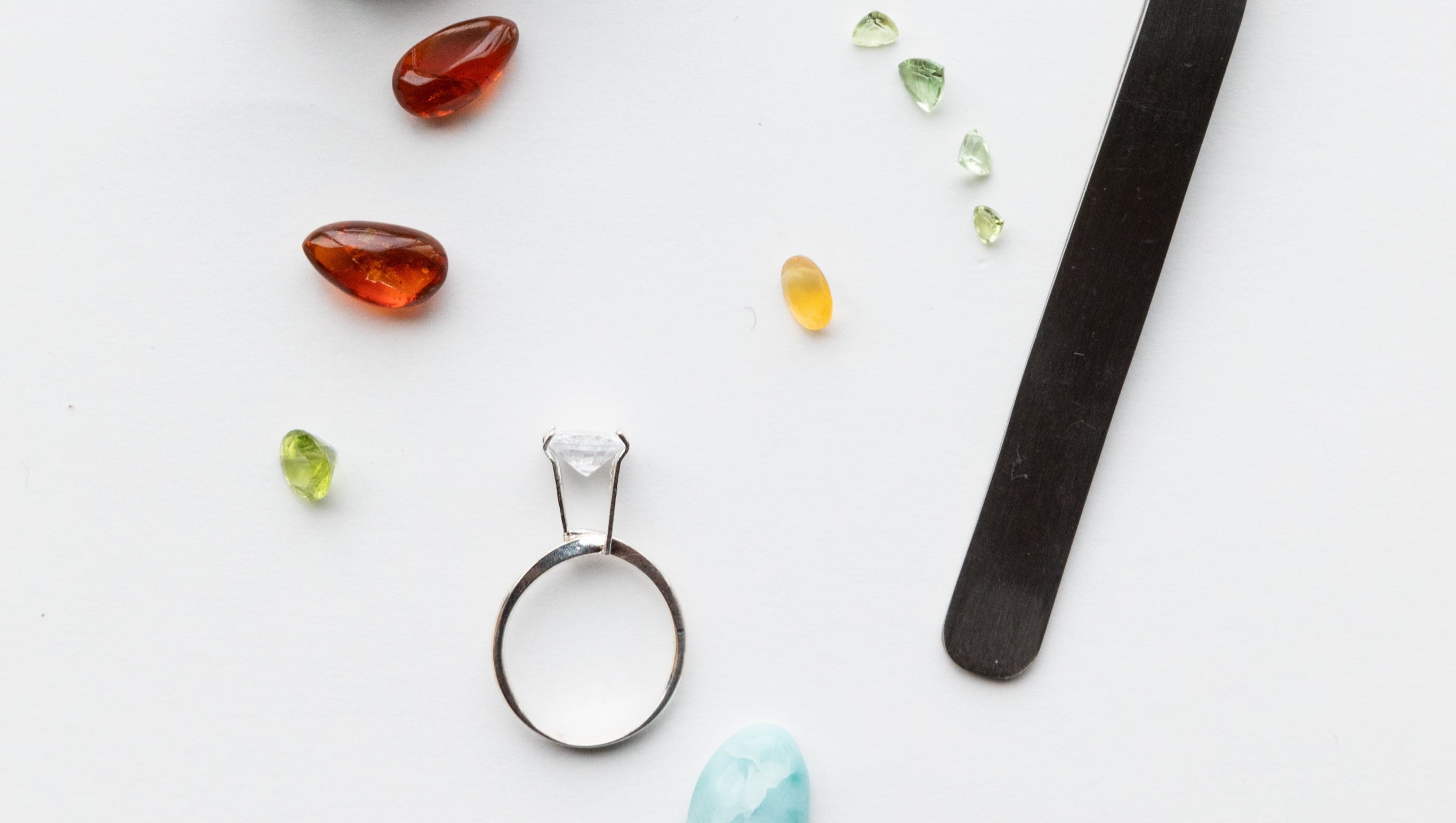A pendant is a piece of jewelry that is usually attached to an otherwise simple necklace made of precious metal via a loop. It can be purchased either individually or together with a matching chain.
The History of the Pendant
The necklace pendant is one of the earliest forms of jewelry. Even in prehistoric times, pendants were made from a variety of materials, such as shells. As technical skills developed, the jewelry became more and more elaborate.
In ancient Egypt, golden pendants (called pectorals) that covered the chest were common. These artistically designed pieces of jewelry consisted of a golden base that was decorated with colored gemstones such as lapis lazuli , turquoise or malachite .
In ancient Greece it was common to decorate jewelry with numerous pendants.
The Middle Ages was the heyday of this form of jewelry, when it had a religious significance. However, this changed with the onset of the Renaissance: the pendant became more and more of a purely decorative element.
Very imaginative pendants were created during the Art Deco period at the beginning of the 20th century. Curved shapes predominated and the base material gold was combined with wood, ivory or ceramic.
 Pendant of the Flowers collection by RENÉSIM
Pendant of the Flowers collection by RENÉSIM
Variations of modern pendants
There are versions that consist of just a single diamond or colored gemstone in a prong setting or bezel setting. The beauty and brilliance of the gemstones is the focus of attention in such a simple pendant. There are also very artistically designed versions with several gemstones or ornamental patterns made of precious metal .
In addition, the gemstones can be combined to create certain shapes and figures. As can be seen in RENÉSIM's Flowers collection, colored gemstones are particularly popular here to breathe more life into the piece of jewelry.
A special form of pendant is the medallion. Small objects or a photo can be kept inside as a souvenir or lucky charm. Such a pendant is ideal for giving a piece of jewelry personality and individuality.
versions in the lexicon
pendant with colored gemstones

